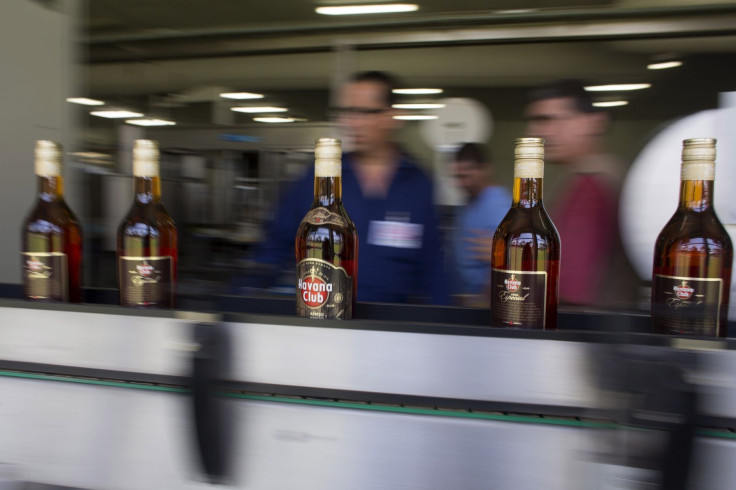Giant brands embrace “craft spirit” to stay competitive, relevant

Last year, Diageo, the world’s largest producer of beer and wine, unveiled that it had now its own brand of “craft” liquor. The 20-year-old Barterhouse Whiskey and 26-year-old Old Blowhard Whiskey, according to company, aimed to become the “number one craft liquor brand in North American whiskey.” It sounds weird, or unsuitable, as purists would say it, since the craft industry is typically associated with smaller, local brands doing unique, not-usually-seen-on-supermarket liquors.
For the American Distilling Institute, a distillery can be branded as “craft” if it is not owned by at least 25 percent by a non-craft distilling company, and that its production must be “hands-on” or “hand-crafted.”
“[But] craft is just a label,” argued Diageo executive Ivan Menezes to Saabira Chaudhuri of The Wall Street Journal, emphasising that “craft” is beyond size and is all about delivering quality.
Perhaps Menezes is right that the unprecedented growth of the craft liquor market has created a new term that just describes a product’s quality instead of its distiller’s size and production. But the giant firm’s recent sashaying around this newfound niche is also insinuating something that could hurt the big distiller’s branding: Does it mean that its regular products are not as excellent as its new craft whiskeys?
The sales of giant multinational distilleries and breweries have shrunk ever since the craft liquor market expanded. In the first two quarters of this year, almost half of the 100 mainstream brands in the US-controlled states experience a slight decline in revenue, Netherlands-based bank Rabobank reported. Still, the top 17 largest spirits companies in the US gained shares over the past few years.
This says a lot about the giant brands’ dominance in the segment. But it is hard to deny that they needed to consider looking at the booming craft market for them to get the attention of the locavores, as well as the adventurous customers who are willing to ditch mainstream brands for unknown, exquisite ones.
In September, giant brewer A nheuser-Busch InBev NV announced that it has plans to acquire another giant SABMiller in the hope of “resisting the growing popularity of craft beers.” The move is nothing new as it has become a customary move for giant brands to collaborate or resort to merger and acquisitions amid the growing numbers of craft breweries and liquors across the country and beyond.
According to data provider Dealogic, there have been US$32 trillion [AU$4.6 trillion] of deals made for the year. Indeed, the craft liquor has grown immensely over the past years.
In Portland, for example, the once-small Eastside Distilling, Inc. (OTCQB: ESDI) has already grown to an extent that it has become the state’s largest and premier craft distiller. It has now a state-of-the-art distilling, bottling and packaging systems capable of expanding Eastside's production capacity from about 6,400 cases annually to up to 1 million cases.
“ This new distillery and tasting room will reflect our passion for creating premium, master crafted spirits. It will provide the additional capacity needed for continued growth, as well as deliver favourable economies of scale as we expand,” Steven Earles, CEO of Eastside Distilling, said in a press release.
The growth is actually a nationwide phenomenon, according to experts. “Craft distillers are enjoying exceptional growth rates -- a trend we expect will continue -- but their threat to major distillers has been overblown. [They] are generating excitement and helping to expand the spirits market, but it is the innovative second tier companies (by size) that are really gaining market share,” said Rabobank Senior wine and spirits industry analyst Stephen Rannekleiv.
Contact the writer at feedback@ibtimes.com.au, or let us know what you think below.






